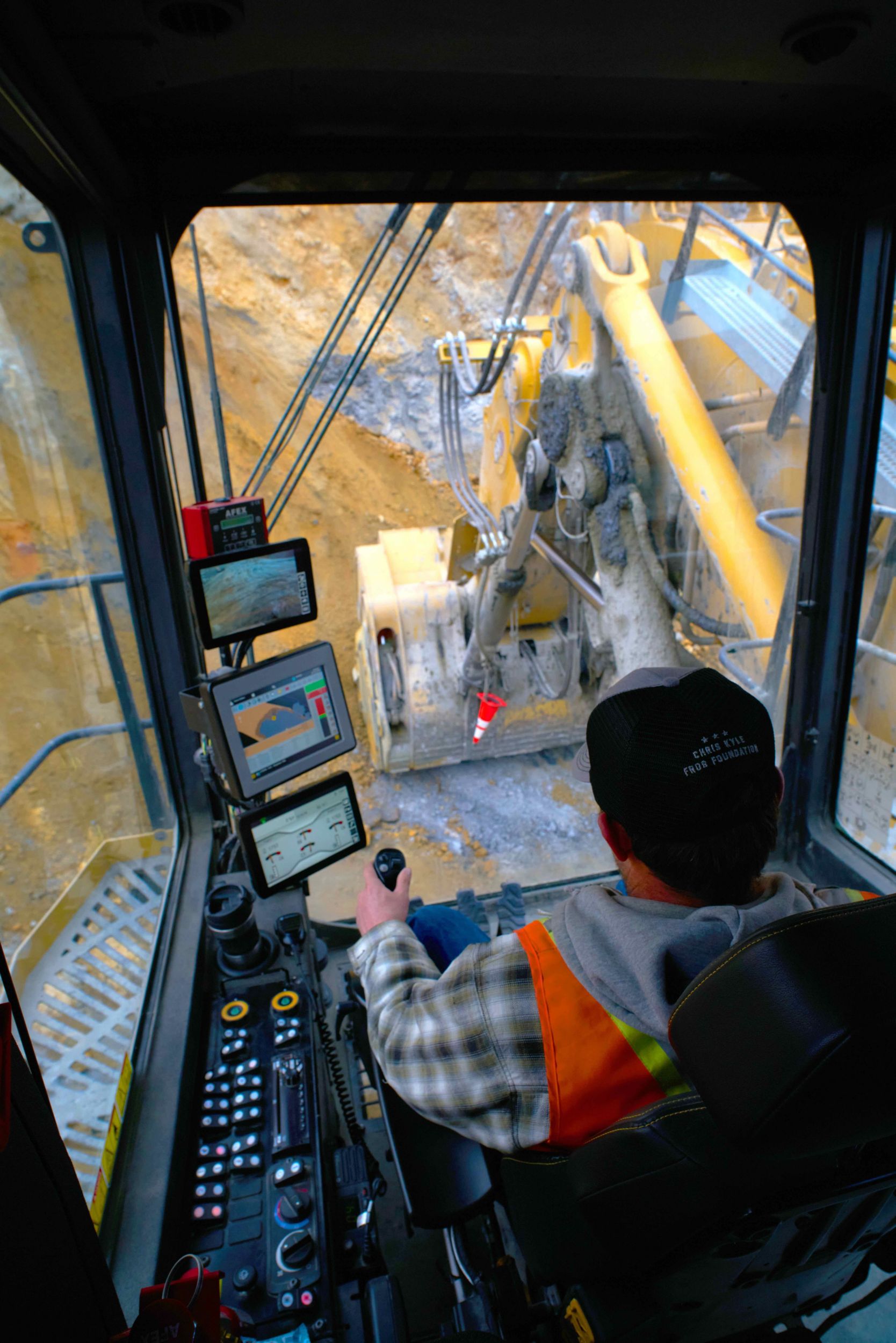

Sign In
Welcome! Sign In to personalize your Cat.com experience
If you already have an existing account with another Cat App, you can use the same account to sign in here
Register Now
One Account. All of Cat.
Your Caterpillar account is the single account you use to log in to select services and applications we offer. Shop for parts and machines online, manage your fleet, go mobile, and more.
Account Information
Site Settings
Security
LEVERAGING TECHNOLOGY FOR NEXT GENERATION FEATURES & FUNCTIONS
The impact of technology on every aspect of a mining operation should not be underestimated. When it comes to Cat® Hydraulic Mining Shovels (HMS), many of the next generation features and functions are enabled by technology.
As an engineering manager, Caterpillar Engineering Manager Sean Johnson shares some highlights of what customers can expect from their next generation shovels in terms of technology now that the backbone electronic architecture has been put into place. These are just a few of the technology features available today, with more on the horizon.
Hydraulic optimization
Conventional hydraulic systems operate all pumps at the maximum required cylinder flow and pressure, regardless of the demand from individual circuits. Cat next generations shovels take a different approach, dynamically assigning individual pumps or groups of pumps to deliver the exact flow and pressure that each hydraulic function requires. Called Hydraulic Optimization, this approach reduces waste and heat, prolongs component lives and conserves energy.
“It’s a game-changer for hydraulic efficiency and fuel savings,” says Johnson. “And by burning less fuel, we emit less CO2 — helping our customers reduce their carbon footprint.”
Vision 360
Vision 360 is a system that increases safety by improving visibility around the machine. The system integrates four cameras to give the operator a 360-degree surround view of their shovel. Operators can see the view through the in-cab touchscreen display, which allows them to toggle between views and provides the ability to focus on specific areas to increase safety or productivity. Vision 360 reduces blind spots and repositioning, alleviates potential safety hazards and lowers cycle times. These benefits increase operator confidence and efficiency, while reducing fatigue.

Operator Assist – Enhanced Motion Control
One technology that is already in the market is Operator Assist – Enhanced Motion Control, a feature that helps improve operator performance while protecting the machine from damage. The system incorporates angle sensors on the linkage to calculate boom and stick positioning. Reducing pressure spikes and shock feedback to the operator, the control system slows stick/boom movement as it nears the end of the cylinder stroke. This prevents hard stops and metal-to-metal contacts, improving the service life of these main structural components.
This technology boosts operator efficiency, reduces fatigue, and helps inexperienced operators more confidently load material. And by reducing contact of the linkage and cylinder, it lowers maintenance costs, increases component life and improves structural durability.
“Customers are operating their shovels longer than in the past,” Johnson says. “So, this feature provides value not only in the reduction of operator fatigue but also in reducing the lifecycle costs of those structures.”
Road map to autonomy
Technologies like Operator Assist serve as the building blocks to autonomous operation. “We start by helping the operator optimize his or her operation,” Johnson explains. “This starts a chain of technologies that build, like a stair-step, to autonomy. First, it’s coaching the operator, then maybe performing the dig function, then an automatic swing and dump and return cycle. We’ll put all of these layers and building blocks in place to get to remote control and then, maybe someday, full autonomy.”
Meanwhile, the next generation shovel team is ensuring that the shovels are equipped to safely operate with autonomous trucks. “There are technologies that are incorporated through MineStar Guide, like truck-spotting and load-spotting, which tell the machine exactly where to put the load in the truck. We have to do simple things on the hardware side to enable that integration.”
